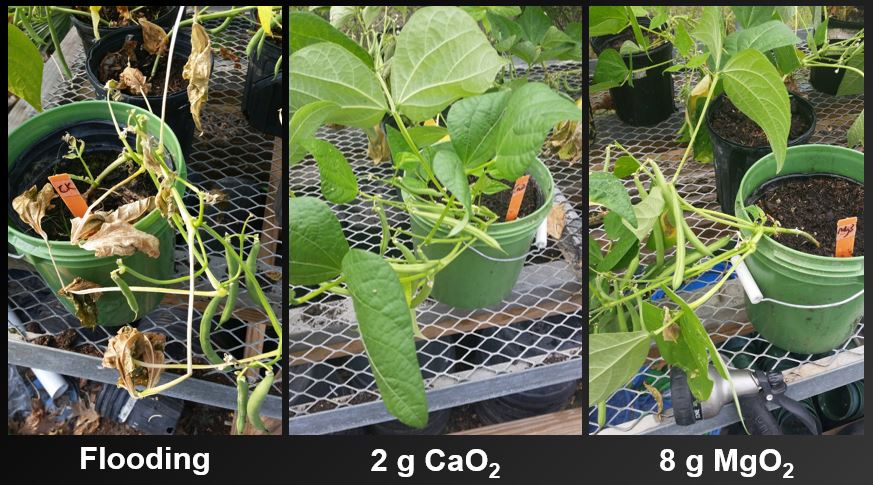Flooded fields can be problematic for Florida specialty crop farmers. Various locations across the Sunshine State average 40-60 inches of rainfall per year.
Florida still ranks No. 1 in the nation in production of several crops. This includes snap beans, the subject of a new study from University of Florida Institute of Food and Agricultural Sciences (UF/IFAS) researchers that evaluated a way to lessen the impact of floods on this $84 million industry in the state.
The study, led by Guodong (David) Liu, associate professor in the UF/IFAS horticultural sciences department, found that flooded young snap beans showed more resilience with the addition of solid oxygen fertilizers. The researchers tested calcium peroxide and magnesium peroxide.

“We know that flooding suffocates plants,” Liu said. This hypoxic stress means the plants can’t get enough oxygen to take up the nutrients in the soil that plants need to grow.
“We also know, from our previous research, that soils amended with oxygen fertilizers may reduce that stress, minimizing the damage from flooding or hurricanes,” Liu said.
In the study, plants were divided into three groups. One group was watered as normal. Another group received an abundance of water, while a third group received an abundance of water plus oxygen fertilizers. This third group received different amounts of calcium peroxide or magnesium peroxide.
“We were evaluating the best amount of solid oxygen fertilizer that would keep the plant alive and productive, while also finding the most economical rate,” Liu said.
The flooded fields plants that received either peroxide application grew taller and produced higher yields than the flooded control plants, some by as much as 50%. Neither treatment produced as much as the non-flooded plants, however. The highest yields came at the rate of two grams for calcium peroxide and eight grams for magnesium peroxide per container with a single plant.
“We used the snap bean in this study for its quick growing season, but all vegetable crops require the same oxygen and can suffer hypoxic stress,” Liu said. “Oxygen fertilizers should be useful for other crops we grow in Florida and may also help combat stressors like salinity in coastal areas experiencing sea-level rise.”











